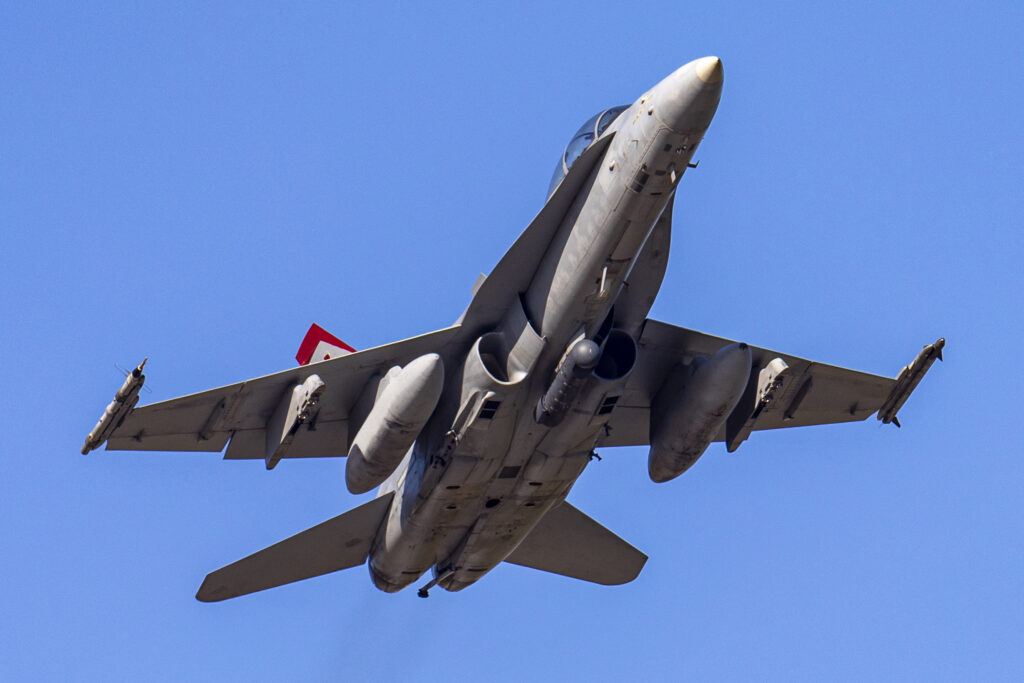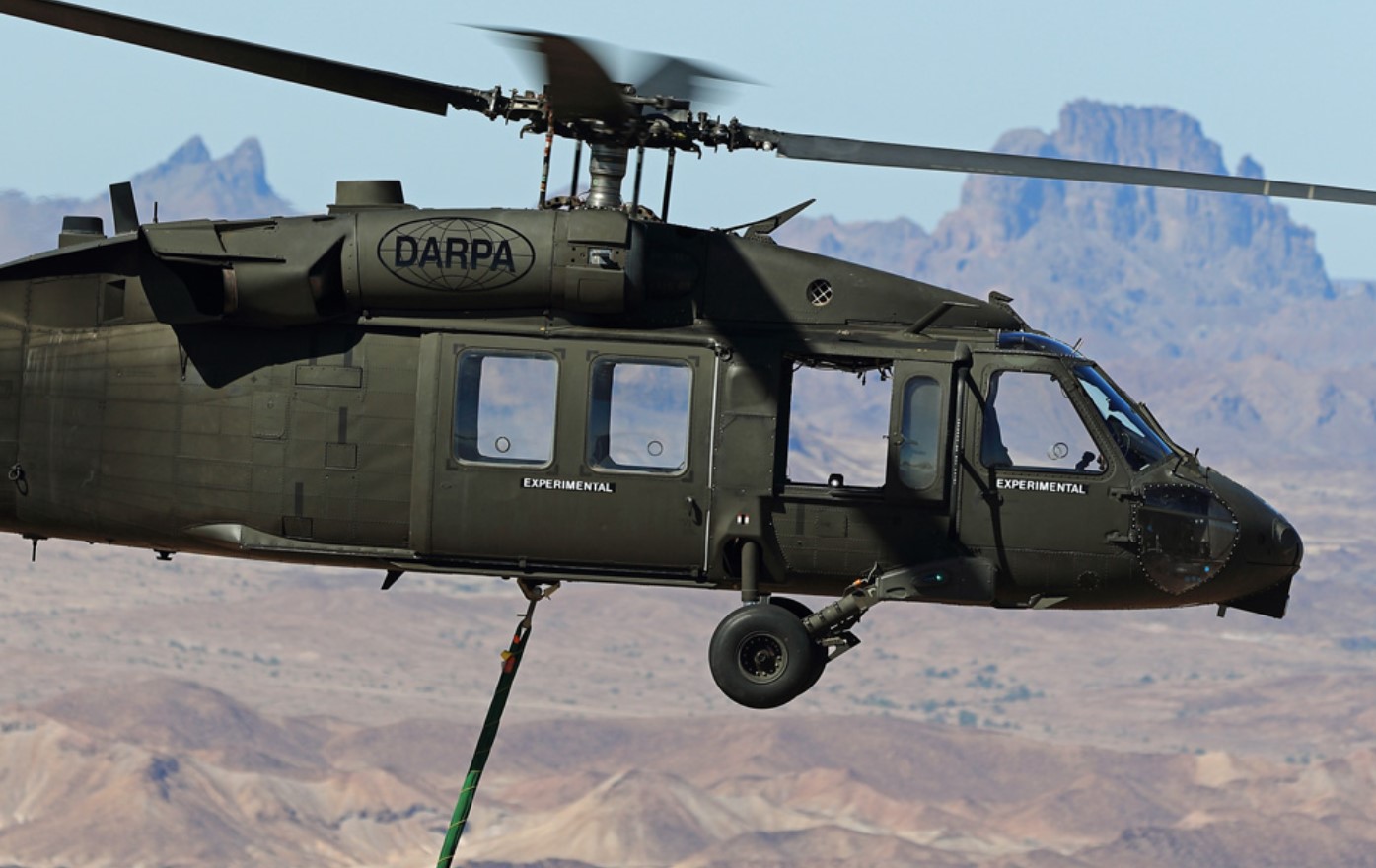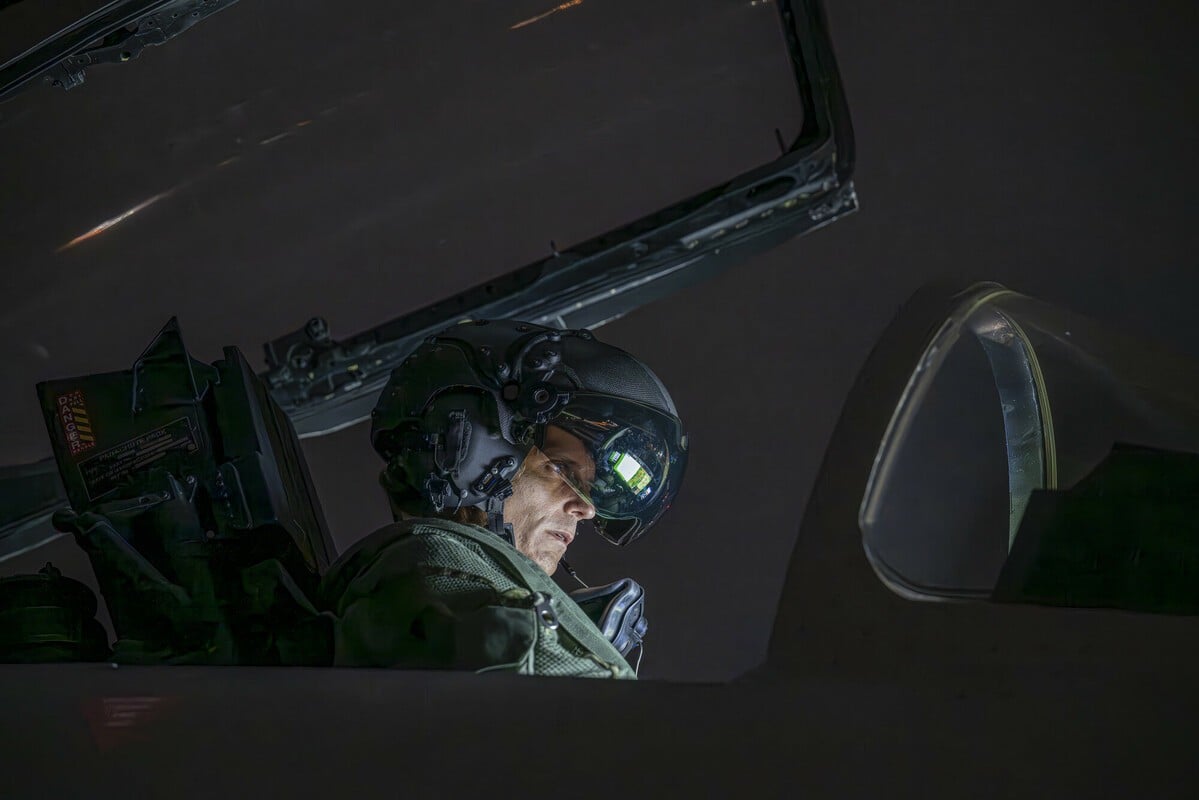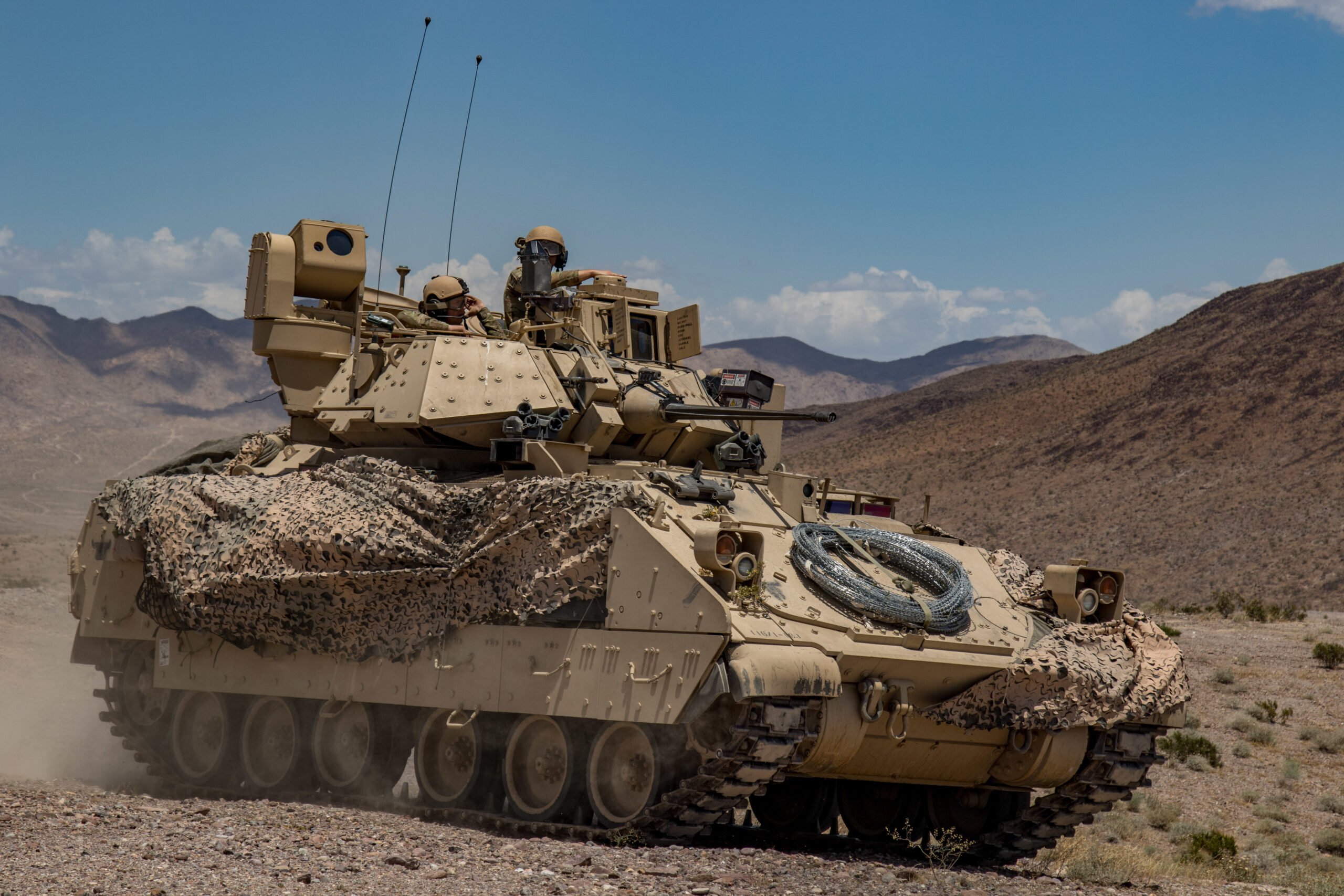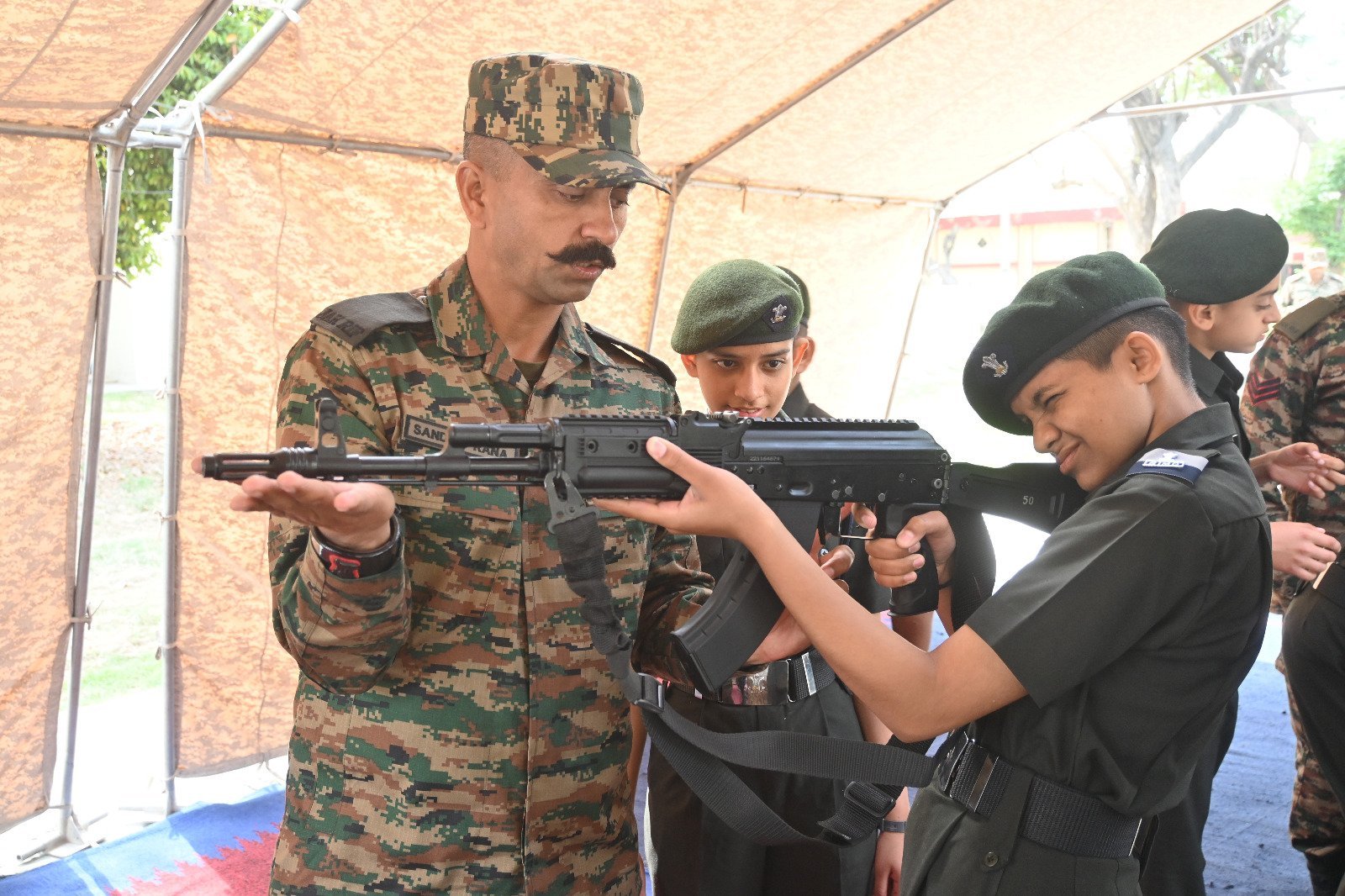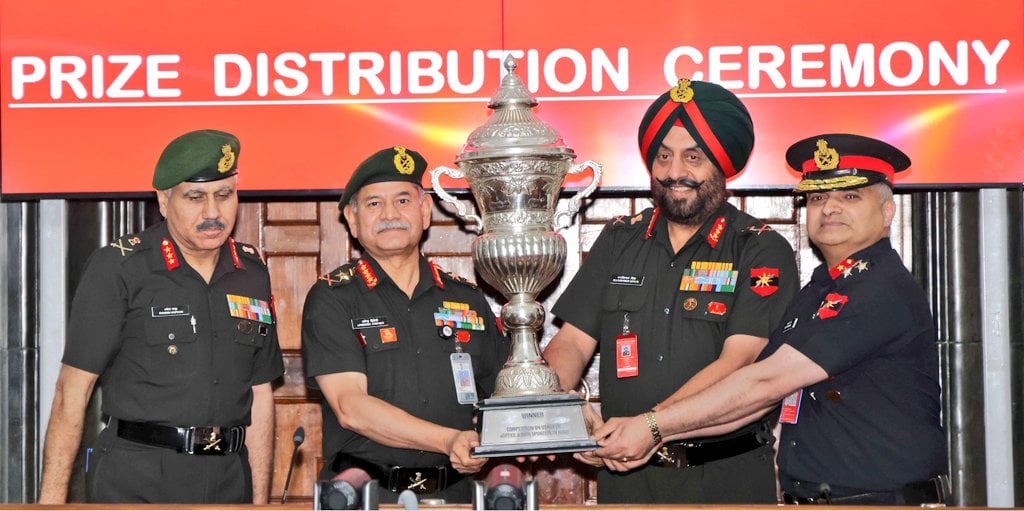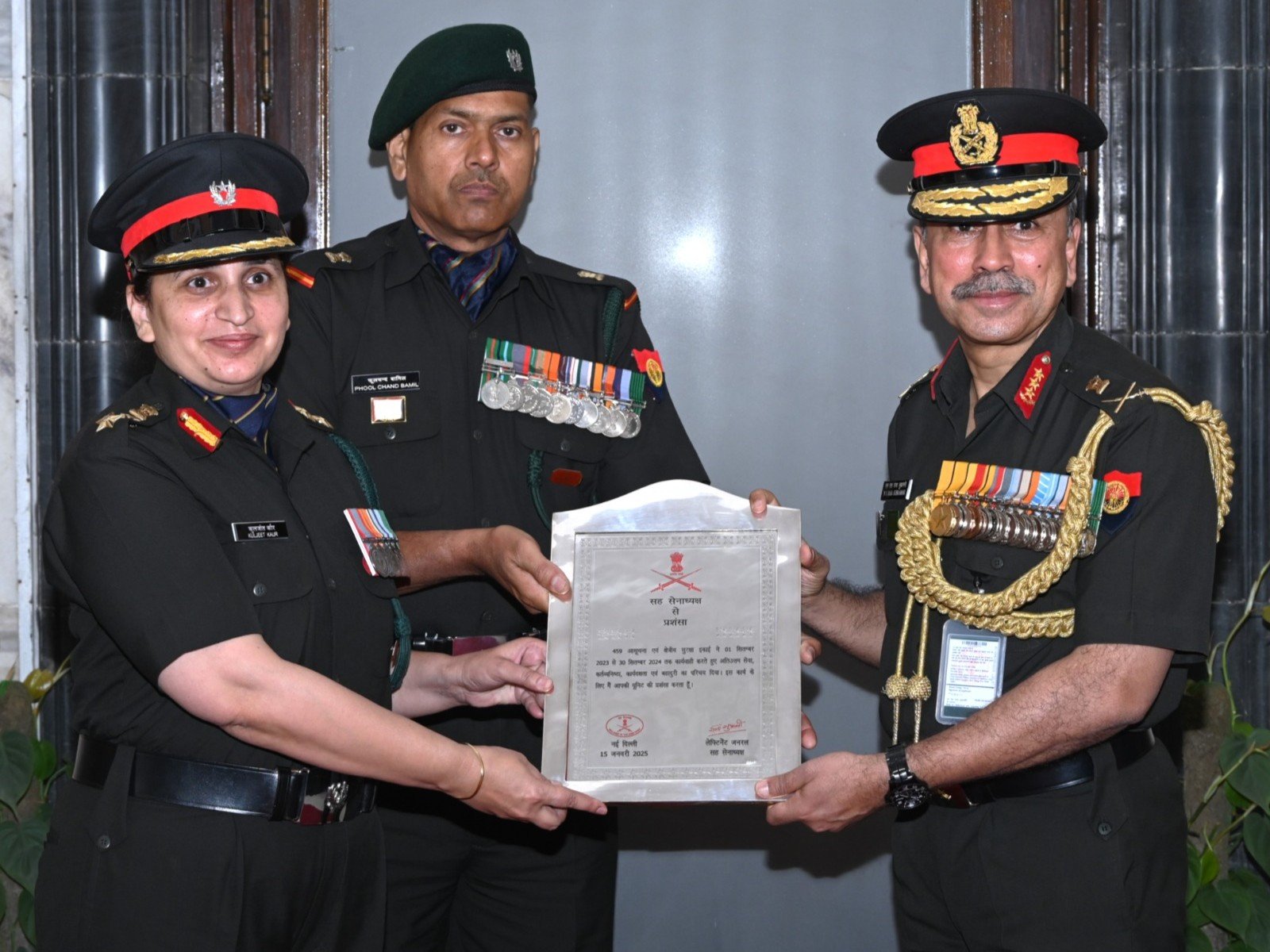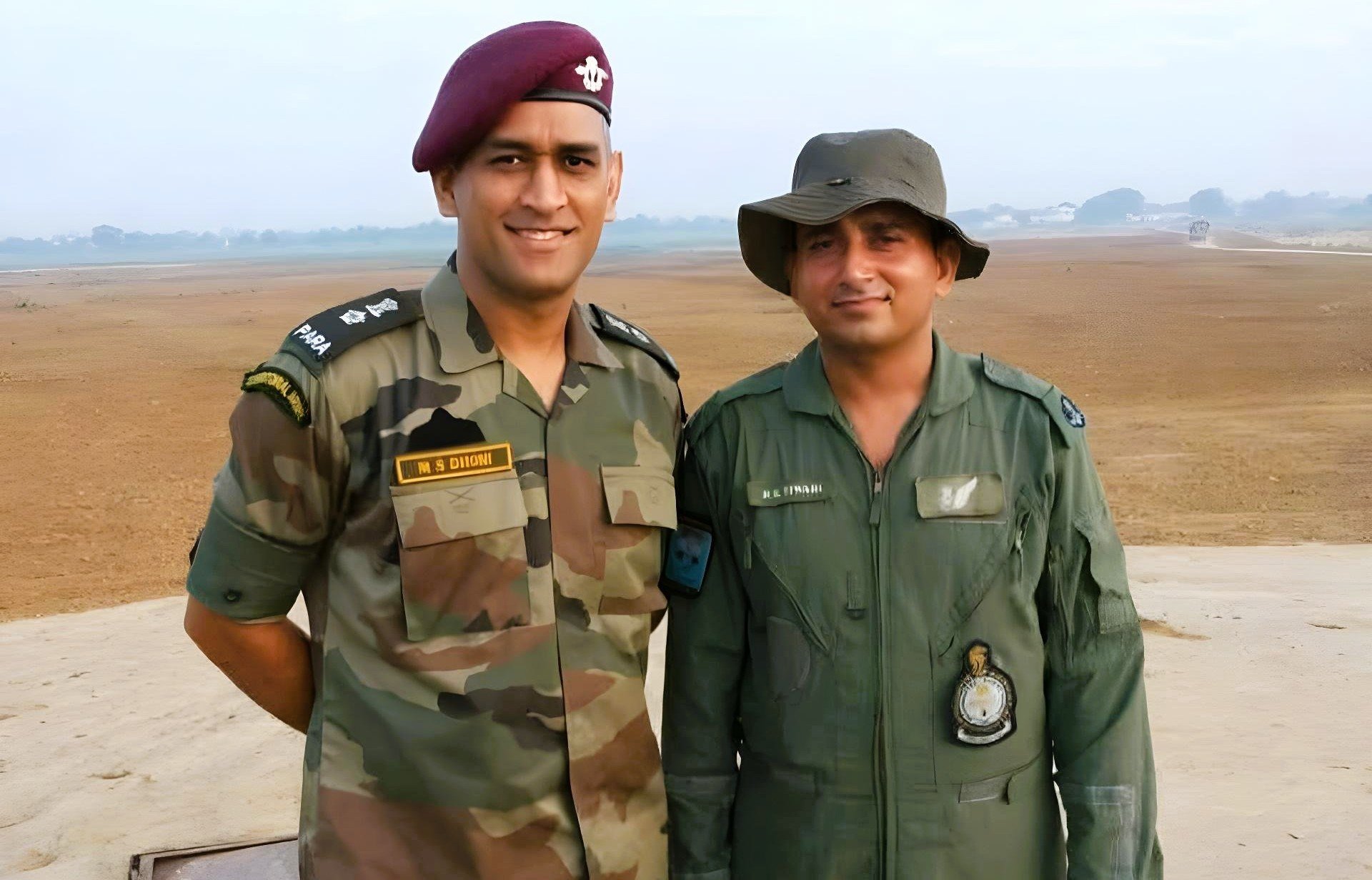Northrop Grumman has announced it has been awarded a contract to integrate advanced tactical data links into the US Marine Corps’ F/A-18 Super Hornet aircraft. This integration represents a significant technological advancement for the fighter jet, as the data links will be incorporated into the LITENING electro-optical/infrared targeting pods, enhancing the aircraft’s communication capabilities with other military platforms.
The new tactical data link is noteworthy for being the first to employ the Bandwidth Efficient Common Data Link waveform. This innovative technology is designed to enable faster and more secure communications, a crucial factor in modern warfare. Once the data link is fully integrated, the Super Hornet will have the capability to transmit real-time video, still images, and metadata. This enhancement is expected to greatly improve situational awareness for pilots and ground forces, fostering quicker and more informed decision-making in dynamic combat environments.
James Conroy, Northrop Grumman’s vice president for navigation, targeting, and survivability, emphasized the operational benefits of this upgrade. He pointed out that the LITENING’s high-definition sensors on the advanced targeting pod collect critical information that facilitates more rapid decision-making in the field.
The F/A-18’s LITENING targeting pod is engineered to detect, acquire, identify, and track potential targets at extended ranges. It plays a versatile role in various missions, including precision targeting, air superiority, close air support, and aerial surveillance. The integration of an advanced tactical data link into this system will not only improve the fighter jet’s interoperability but also enhance data transfer rates. These improvements are set to bolster aircraft connectivity and ensure that the Super Hornet can adapt to future mission requirements effectively.
Conroy likened this enhancement to an upgrade to better Wi-Fi, highlighting how it builds on LITENING’s existing data links to make live feeds readily accessible on the ground. He underscored that this capability is critical in today’s fast-evolving military landscape, where timely access to accurate information can be a decisive factor in mission success.

